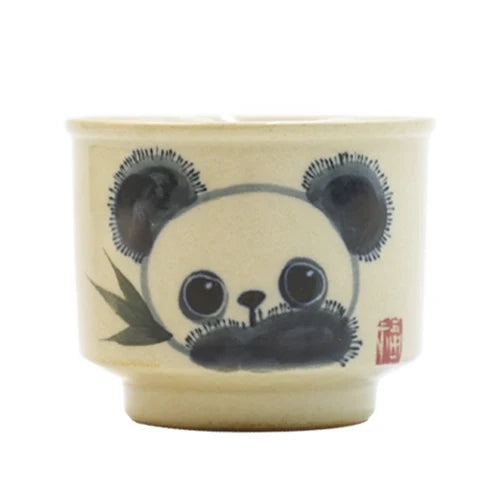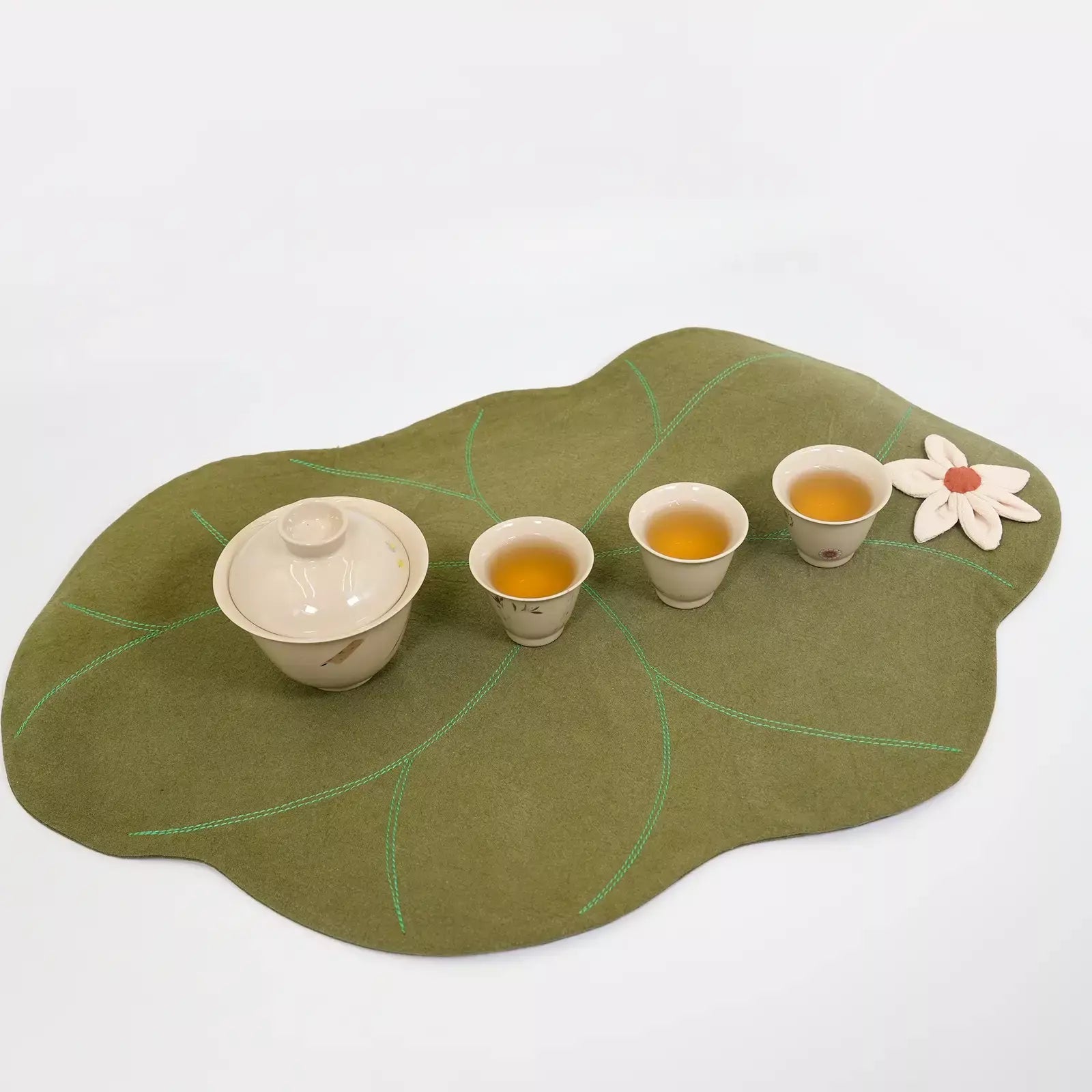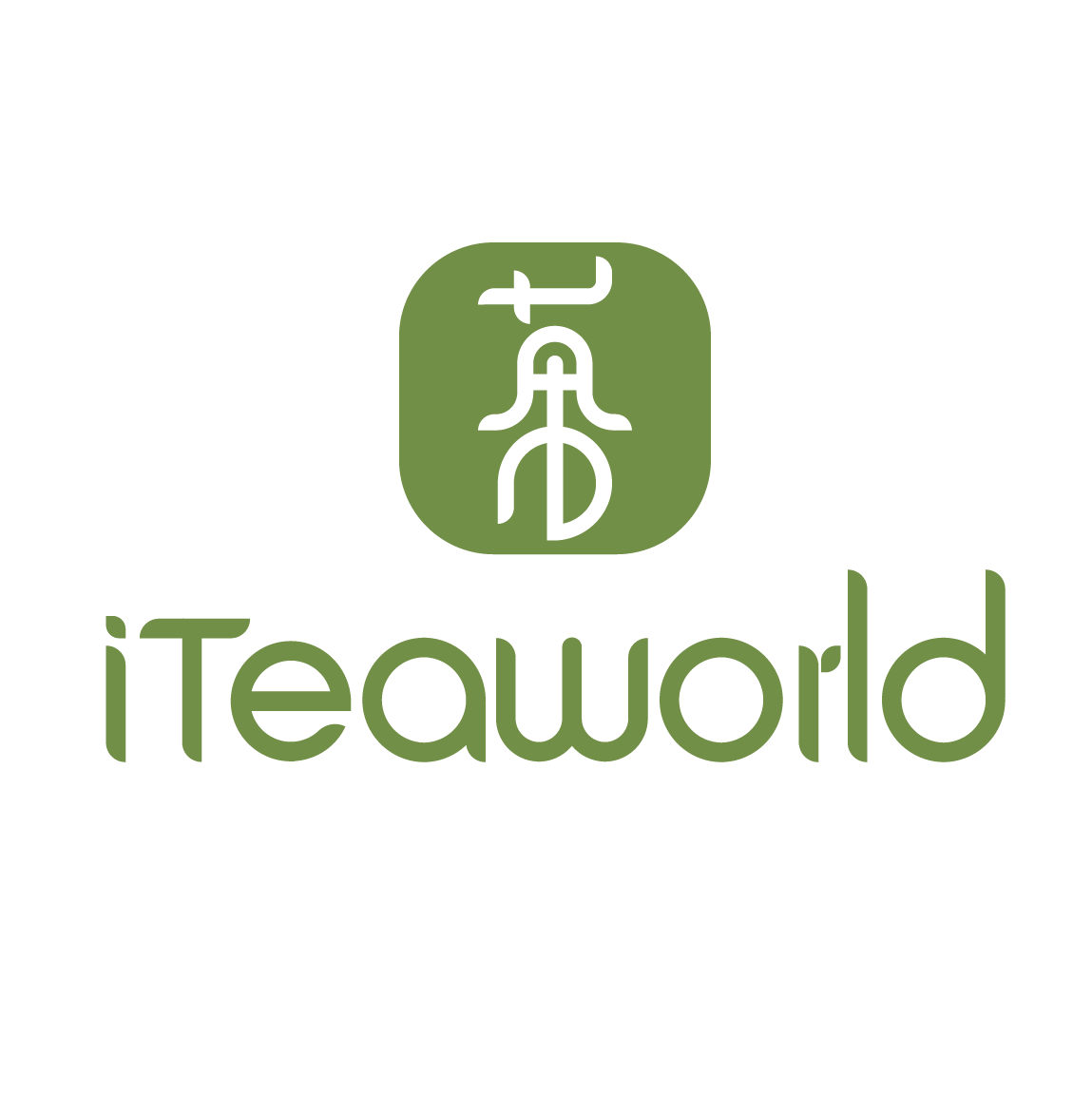Улун, один из шести основных видов чая, представляет собой частично ферментированный чай, сочетающий в себе тонкий аромат зелёного чая и насыщенный вкус чёрного. Улун родом из провинции Фуцзянь, Китай, и производится путём завяливания, окисления, фиксации, скручивания и обжарки после сбора новых чайных листьев. Сегодня существует множество разновидностей улуна, которые можно условно разделить по регионам производства на улун Минбэй, улун Южно-Фуцзянь, улун Гуандун и улун Тайвань. Каковы отличительные особенности улунских чаёв из этих четырёх регионов? Давайте рассмотрим их вместе.
Минбэй Улун

«Фуцзянь» — это название провинции Фуцзянь в Китае. Северный Фуцзянь охватывает северный регион провинции, включающий такие известные чаеводческие районы, как Уишань, Чжэнхэ, Шаоу, Цзяньоу и Цзяньян.
Минбэйский улун может похвастаться широким разнообразием, насчитывающим не менее нескольких сотен видов. Его отличительными особенностями являются акцент на сортах чая и обжарке. Чай Минбэйский улун подвергается более интенсивному окислению в процессе скручивания, без этапа замешивания. Сухие чайные листья имеют блестящий цвет и насыщенный аромат. Чайный настой ярко-оранжево-желтый, а листья отличаются характерным сочетанием трех красных краев и семи зеленых серединок.
Типичные сорта чая улун из Северной Фуцзянь включают Да Хун Пао , Те Ло Хань, Бай Цзи Гуань, Шуй Цзинь Гуй, Бан Тянь Яо, Бу Чжи Чунь, У И Шуй Сянь, Роу Гуй, Цзяньян Шуй Сянь и Лао Цзюнь Мэй и другие.
Среди них выделяется чай с гор Уи, известная категория улуна Минбэй, характеризующаяся «каменистым звучанием» (уникальным минерально-цветочным ароматом). Чай с гор Уи производится в основном в районе гор Уи, где чайные кусты растут в расщелинах скал. К этой категории относятся такие сорта, как Да Хун Пао, Те Ло Хань, Бай Цзи Гуань и Шуй Цзинь Гуй.
Миньнань улун
Миньнаньский улун, как следует из названия, относится к чаю, производимому в северных районах провинции Фуцзянь, Китай. Сюда входят такие известные чаепроизводящие регионы, как Аньси, Юнчунь, Хуаань и Чжанпин.
Миньнаньский улун славится своим искусным мастерством, которое часто описывают как «скрупулезная работа даёт прекрасные результаты». Он не только отличается плотным и аккуратно скрученным внешним видом, но и предлагает широкий выбор стилей. Чай Миньнаньский улун характеризуется завитой полусферической или шарообразной формой, плотно сжатой и прочной.
Цвет обычно варьируется от песочно-зеленого до темно-коричневого, некоторые сорта чая имеют красноватый оттенок.
Аромат, в основном с нотами орхидей, естественный, насыщенный и стойкий. Вкус мягкий, с сладковатым послевкусием.
Типичные сорта улунов из Миннаньского улуна включают Аньси Те Гуаньинь , Хуанцзин Гуй, Юнчунь Фо Шоу, Миннан Шуйсянь , Чжанпин Шуйсянь и Бай Я Ци Лан.
Среди них наиболее известны и высоко ценятся Тегуаньинь и Хуанцзиньгуй. Эти два улуна известны своим уникальным внешним видом, напоминающим голову стрекозы, золотистым настоем, тонким и стойким ароматом орхидей и способностью выдерживать многочисленные заваривания, сохраняя свой неповторимый аромат.
Гуандунский улун

Гуандунский улун относится к чаям, производимым в восточных районах провинции Гуандун, включая такие районы, как Чаоань, Жаопин, Шаньтоу, Цзедун и Пунин.
С точки зрения мастерства, гуандунский улун в основном черпает силы улунов Минбэй, развивая при этом свой собственный неповторимый характер. В гуандунском улуне особое внимание уделяется постферментации и скручиванию, а его главная особенность — стремление к «очарованию гор», особенно в аромате. Гуандунский улун в первую очередь состоит из плотно скрученных, крепких, слегка скрученных и довольно тонких листьев в форме полосок.
Цвет чая, как правило, блестящий, зеленовато-коричневый или тёмно-коричневый, часто с небольшими белыми пятнами, напоминающими кожу лягушки. Гуандунский улун обладает богатым, насыщенным ароматом с натуральными цветочными и фруктовыми нотами. Вкус насыщенный, с выраженной сладостью и выраженным послевкусием, что делает его пригодным для многократного заваривания.
Типичные сорта улунов из Гуандуна включают, среди прочего, Фэнхуан Даньцун , Линтоу Даньшу, Фэнхуан Шуйсянь, Шигупин Улун и Раопин Сэчжун.
Среди них Фэнхуан Даньцун является настоящим сокровищем, ведь он включает в себя выращивание отдельных выдающихся растений, отобранных и размноженных из популяции чайных деревьев Фэнхуан Шуйсянь, насчитывающей более 80 различных сортов.
Тайваньский улун
Используя уникальные экологические, климатические и природные условия, чай выращивают в различных регионах Тайваня. Общая площадь чайных плантаций на Тайване составляет около 23 000 гектаров, при этом основное внимание уделяется улуну .
Тайваньский улун берёт своё начало в провинции Фуцзянь, но претерпел некоторые изменения в процессе обработки. Отличительной особенностью тайваньского улуна является наличие стеблей в чайном листе, но эти стебли, как правило, относительно мягкие и содержат больше сока. Уникальная тайваньская техника замешивания усиливает характер высокогорного чая, делая тайваньский улун особенно известным своим очарованием высокогорья. Внешний вид тайваньских улунов в первую очередь характеризуется плотно скрученными и крепкими листьями в форме полосок или полусфер.
Тайваньский улун представлен в широком разнообразии видов, и его цвет варьируется в зависимости от сорта. Он известен своим разнообразным натуральным цветочным и фруктовым ароматом с нотками сливочного вкуса. Аромат сильный, чистый и элегантный, а вкус сладкий, чистый и мягкий.
Типичные сорта чая улун из Тайваня включают, среди прочего, Дун Дин Улун, Вэньшань Баочжун, Восточную красавицу, чай Алишань, улун Цинсинь, чай Цзинь Сюань, чай Лишань и чай Цуюй.

Хотите попробовать улуны из разных регионов? Покупать их по отдельности может быть дорого, а найти аутентичные варианты — задача не из лёгких. Означает ли это, что только знатоки чая могут купить и насладиться этими классическими улунами? Мы рекомендуем изучить улуны с помощью дегустатора, чтобы найти тот, который вам по душе. iTeaworld предлагает два отличных набора коллекций улунских чаёв. Один — более доступный набор улунских чаёв, а другой — набор свежих улунских чаёв, собранных в 2023 году.
Обе коллекции содержат по 4 чая.
Пробник чая Улун : Да Хун Пао, Те Гуаньинь, Миннан Шуйсянь и Фэнхуан Даньцун.
Новые образцы чая Улун : Да Хун Пао, Те Гуаньинь, Чжанпин Шуйсянь и Фэнхуан Даньцун.
Эти четыре чая происходят из регионов Северная Фуцзянь, Южная Фуцзянь и Гуандун, что позволяет вам в полной мере ощутить вкусы улунских чаев из разных регионов, используя всего одну коробку.
По мере распространения улуна и развития технологий, различия в методах обработки, обусловленные разным происхождением и сортами чайных деревьев, привели к появлению разнообразных сортов улуна. Итак, любители чая, какой улун вам больше всего нравится?












































































